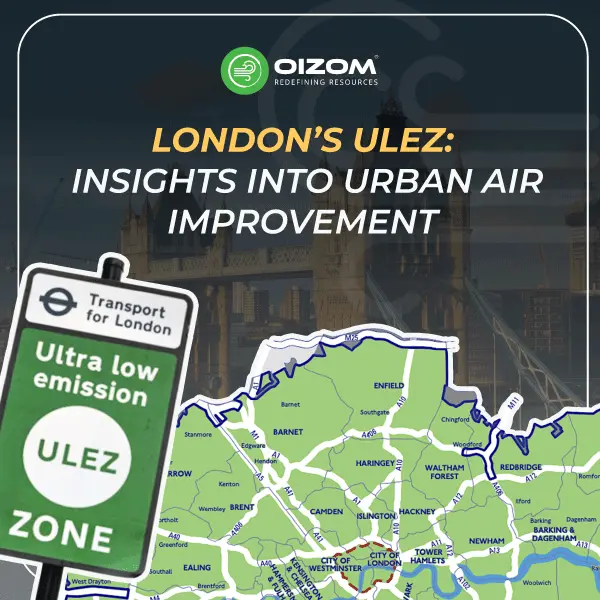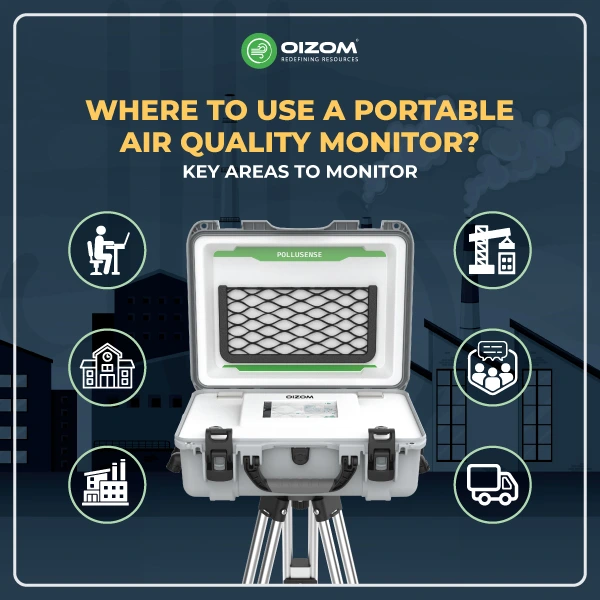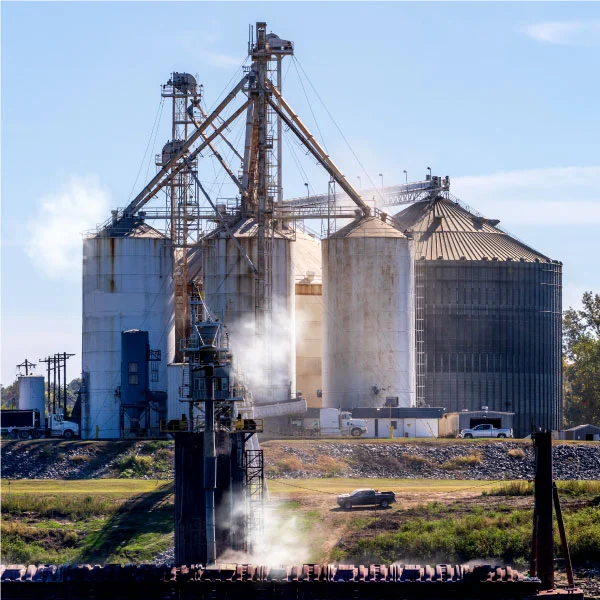Summary
London has been fighting air pollution for decades, which affects health, equality, and quality of life. The Ultra Low Emission Zone (ULEZ) is a visionary response that integrates strict vehicle emission regulations, real-time monitoring, and public participation to address this challenge. Over the years, ULEZ has showcased how well-designed strategic policies deliver measurable gains in air quality, minimize toxic pollutants, and support more sustainable urban living. London’s case illustrates key lessons for other cities in striking a balance between environmental aspirations, public health, and equal access to cleaner air.
London’s ULEZ: Insights into Urban Air Improvement
London, one of the world’s most renowned cities, has long struggled with a persistent and intangible issue: polluted air. Increasing numbers of vehicles, high-density city traffic, and industrial processes have generated high concentrations of pollutants, such as nitrogen dioxide (NO₂) and particulate matter, posing significant health threats to residents and highlighting stark social disparities in exposure. To counter this, the city implemented the Ultra Low Emission Zone (ULEZ), a highly ambitious policy aimed at reducing pollution by charging high-emitting vehicles and promoting cleaner transportation.
From its launch, ULEZ has evolved from a pilot program in central London to a fully operational program, demonstrating the effectiveness of well-designed city planning in attaining realistic air quality improvements. This blog will cover the background, mechanisms, and consequences of ULEZ, as well as its importance, illustrating how London continues to refine its strategy for creating a cleaner, greener urban landscape.
What is ULEZ?
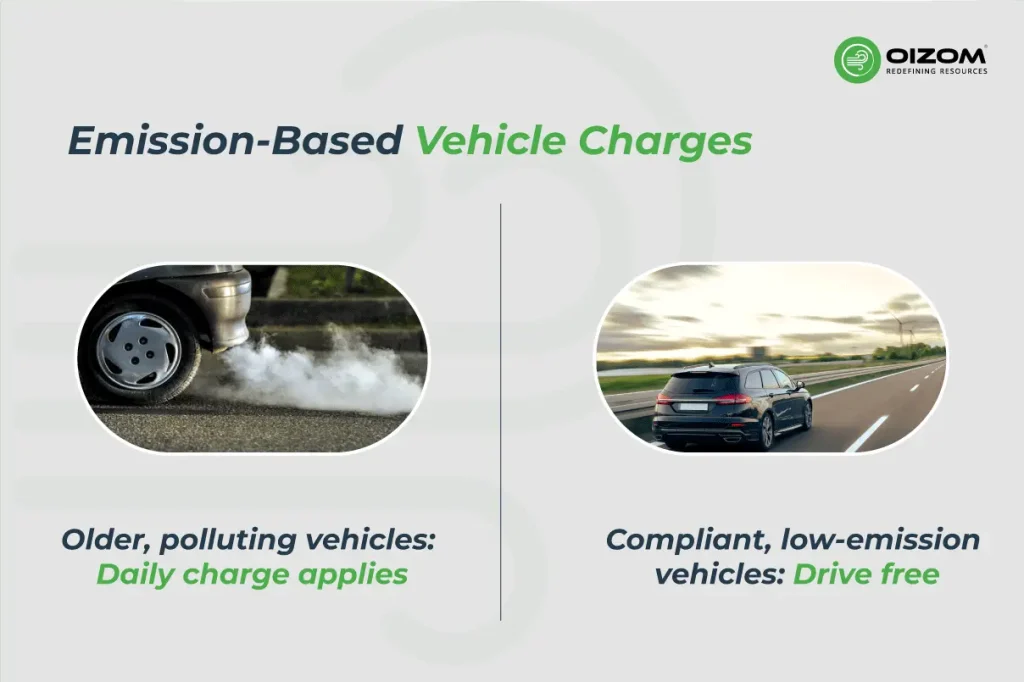
The Ultra Low Emission Zone (ULEZ) is London’s response to the long-standing issue of polluted air damaging the health and social fabric of its people. Instead of solely regulating automobiles, ULEZ is an extension of a broader program aimed at safeguarding public health, minimizing pollution, and enhancing urban quality of life. Polluting vehicles are taxed, promoting cleaner transport and contributing to a healthier urban environment.
London’s air has consistently exceeded safe pollutant limits, leading to breathing and heart issues, and unequally affecting lower-income communities near busy roadways. These groups have heightened exposure, directly relating pollution to social disparity. The intersection of health risks, environmental challenges, and disproportionate impacts demanded a planned initiative such as ULEZ.
ULEZ operates on a system of emission standards for vehicles. Older, noxious petrol and diesel vehicles are required to pay a daily fee to drive within the area. In contrast, compliant cars, newer hybrids, electric vehicles, and newer petrol/diesel models are exempt from this fee. Enforcement is supported by cameras, making compliance simple and effective. ULEZ not only limits harmful emissions but also supports the adoption of cleaner transportation around the city, progressively improving London’s air quality.
Why ULEZ Existed
London’s air has repeatedly exceeded pollutant thresholds for years, causing thousands of premature deaths every year and affecting lower-income communities disproportionately. Vulnerable groups like children, the elderly, and those living close to busy roads are at a higher risk of ill health. These harsh facts, such as toxic air and health inequality, prompted immediate action for systemic change.
A Storytelling Timeline of ULEZ
ULEZ did not magically appear. The concept developed through successive steps, pilot projects, and policy changes:
2003–2009: Initial congestion charging plans experimented with the idea that traffic could be managed to enhance air quality.
2016: ULEZ was formally launched as a part of London’s air quality plan, subject to debates on economic impact and fairness
2019: ULEZ expanded in central London, initially targeting older, more polluting cars. Initial data saw sharp declines in NO₂.
2021–2023: Extensions broadened the zone, resulting in city-wide coverage.
Major Observations from the ULEZ Expansion
The 2023 ULEZ expansion significantly increased its coverage, expanding to a broader area of London and encompassing a wider range of vehicle types under its emissions standards. Initial data and monitoring results indicate evident improvements in air quality and compliance. Central and inner London average NO₂ levels fell by about 20–25% from pre-expansion levels, while PM2.5 and PM10 concentrations also decreased significantly, indicating the effect of limiting older and more polluting vehicles.
Compliance levels for cars entering the zone have increased significantly, with the majority of drivers now taking cleaner alternatives or paying the daily fee. The change has also impacted traffic behavior, with a decline in high-polluting vehicles found on key routes during rush hours, leading to smoother traffic flow and less localized congestion.
The benefits of the extension are being realized, beyond the observable reductions in pollutants. The public health perspective is beginning to show early signs of recovery, especially in neighborhoods exposed to high levels of NO₂. Neighborhoods along busy streets, which are often poorer communities, are beginning to see secondary benefits in terms of equity, as cleaner air is benefiting the most impacted populations from traffic pollution.
Impacts & Challenges of These Changes
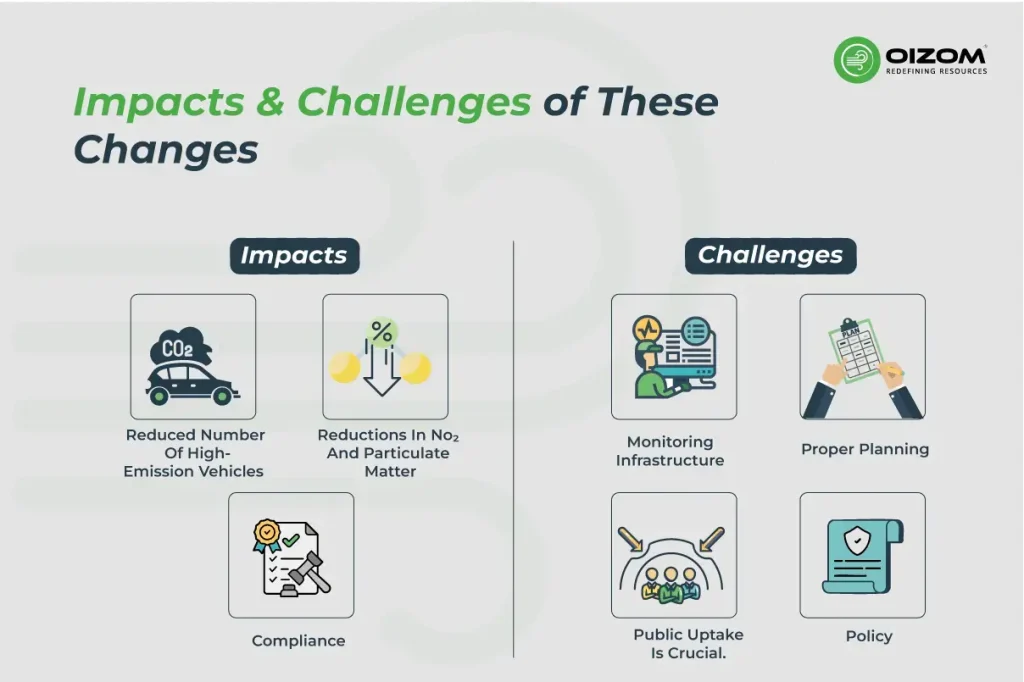
The ULEZ has made a tangible difference to London’s air quality and urban landscape. With extended coverage and more cars meeting emissions standards, the reduced number of high-emission vehicles is leading to improved air quality in central and inner London. Preliminary monitoring shows reductions in NO₂ and particulate matter, and compliance levels demonstrating that drivers are adjusting for the most part.
Enforcing such a vast clean air zone, though, has its own challenges. Increasing coverage meant that the monitoring infrastructure, with the addition of more cameras and automated detection systems, would be upgraded to service thousands of vehicles per day. Proper planning and effective technology were needed to achieve accurate data collection and network coordination.
Aside from the technical, public uptake is crucial. Drivers must be informed about which vehicles comply with the standards, how charges are assessed, and the benefits of transitioning to cleaner transportation. Cities must also align ULEZ with other transport programs, including improved public transport, cycling promotion, and support for low-emission vehicles, to make the policy truly effective and not disrupt the status quo.
Despite these operational and uptake difficulties, the ULEZ extension demonstrates that well-planned, technology-led strategies can significantly reduce pollution, thereby helping cities create better and cleaner living spaces for their citizens.
What Does It Tell Us About Air Quality?
Early findings from monitoring indicate sharp reductions in NO₂ and particulate matter levels in areas where the ULEZ has been expanded, which validates that limiting high-emission vehicles directly improves urban air quality. The findings also highlight the value of local, real-time monitoring, critical for attributing the impact of such interventions and determining the connection between policy measures and outcomes in the environment.
Aside from the stats, ULEZ emphasizes that air quality is a social justice issue. Cleaner air is beneficial to all residents, but particularly important for those communities that have long been subjected to higher pollution levels, underscoring that environmental policy can also address broader issues of justice and health inequalities.
How Air Quality Monitoring Needs to Change?
The ULEZ highlights the need for air quality monitoring to evolve and remain effective. Ongoing, real-time monitoring is vital not just to confirm the effects of policies such as ULEZ but also to inform future extensions and urban planning interventions. Monitoring pollutants such as NO₂ and PM2.5 at multiple locations enables authorities to identify emerging hotspots, track compliance, and ensure that environmental targets are being met. This evidence-based strategy also provides strong evidence to remove doubts regarding the effectiveness of clean air programs. Deployments of Oizom real-time monitoring in London demonstrate how continuous air quality data can work alongside policies such as ULEZ. Tracking pollution trends and hotspots helps ensure that improvements are measurable, targeted, and equitable across the city.
London’s experience can yield valuable lessons for other cities struggling to address urban pollution. Paris has introduced a widespread low-emission zone with a daily fine for non-compliant cars. Meanwhile, Milan implements a progressive restricted traffic area in the city center, targeting high-emission vehicles. New York City is experimenting with congestion and low-emission zones in Manhattan. These cases demonstrate that coupling strong policy frameworks with strong air quality monitoring enables cities globally to design interventions that are both effective and responsive to local conditions.
Conclusion
The ULEZ is a prime example of how cities can efficiently minimize air pollution through the implementation of properly designed policies, real-time monitoring, and public engagement. Initial indications suggest a quantifiable reduction in NO₂ and particulate matter, along with benefits for public health and social justice. Equipment like Oizom’s Polludrone and Dustroid helps in measuring pollutants, supporting the assessment of ULEZ’s impact. Despite implementation challenges, London’s experience indicates that cleaner, healthier air in cities is within reach, offering valuable lessons for other cities to develop sustainable, livable communities.

